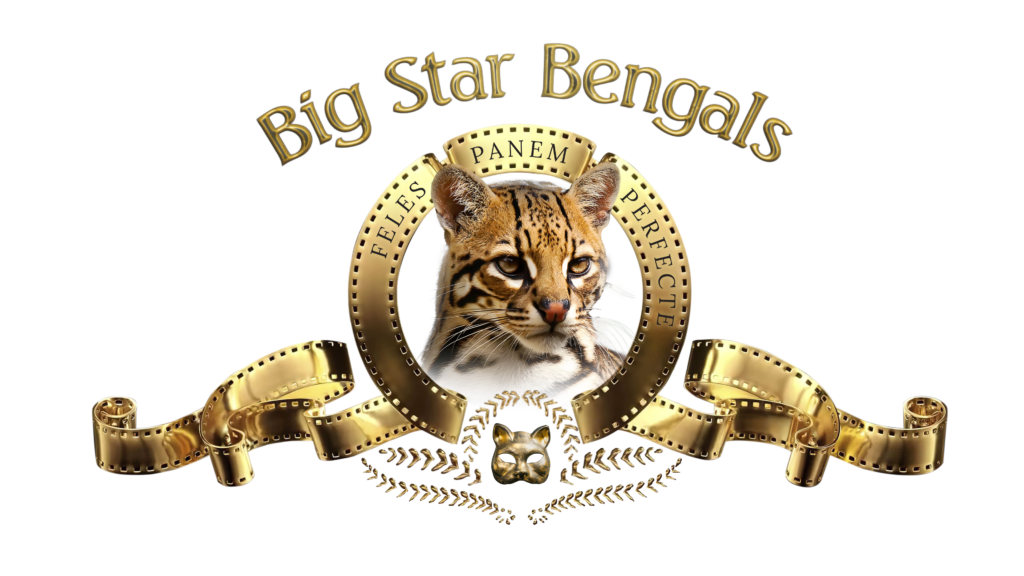bengal cat
Breed Information
What is a
Bengal Cat?
A Bengal cat is a hybrid cat; While many people consider the Bengal to be a wild cat that only pretends to be domesticated, the breed is actually very sweet and loving and attaches very closely to its people and is a loyal friend.
The Bengal is a cross between the domesticated cat and the Asian leopard (Prionailurus Bengalensis), a medium sized athletic wild cat found in Asia and more particularly from the south Bengal region of India and Pakistan. The result of this fusion is spectacular: an exotic feline that looks like the leopard but has the temperament of the domestic cat. We find that our breed lineage tends to create a cat that acts more like a dog… but we will get into more of that later.
You will find below all the Bengal cat breed information you need to know.
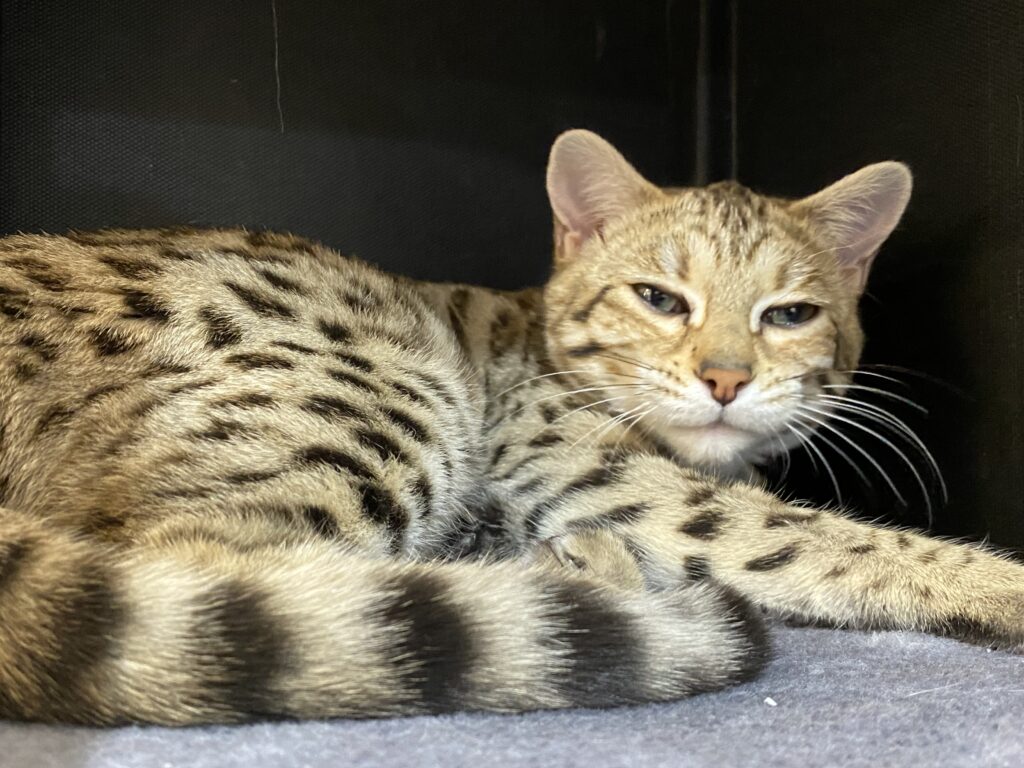
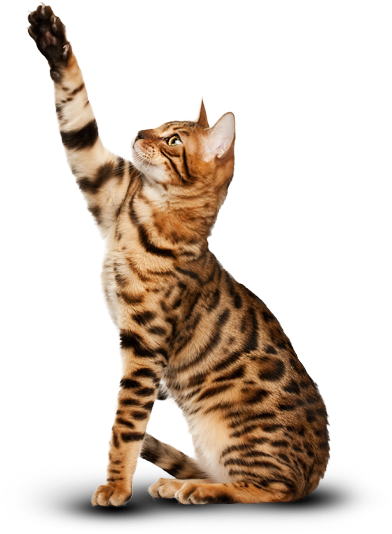
BENGAL CAT
Breed History
It was in 1963 that the American Jean S. Mill created this crossbreed for the first time. From this crossing was born the first hybrids called “F1” (1st generation), then “F2” (2nd generation), semi-wild cats. After the 4th generations the Bengal cat is referred to as “domestic”.
In our program, we produce the 2nd, 3rd and 4th generations after the Asian leopard, which allows us to create kittens from the Asian leopard with absolute control of each generation to insure the best physical and temperament traits, this is a breeders dream because we are one of the very few Canadian cat breeders who possess a handful of this difficult to breed early generation hybrid.
It took several years for the Bengal cat breed to be recognized by the International Cat Association (TICA), and it was only in 1985 that Jean S. Mill was allowed to participate in her first cat show. The Bengal’s success was immediate because of their absolute beauty, and today, the Bengal is one of the most sought after and arguably the most copied by breeders who sell very diluted generations.
BENGAL CAT
Coat
Bengal Pelts: One of the first things most people notice about the Bengal cat’s physique is it’s beautiful fur that imitates their ancestors. The spots can be seen everywhere on its body and are also known as rosettes. It gives our cats an exotic appearance and everyone who sees it will want a photo taken holding it. When petting a true Bengal cat, it is surprising to feel just how soft and silky it’s fur is; best description would be that it’s as soft as a rabbit but as thick and short as a carpet… that’s because Bengal’s do not have fur but instead have a pelt coat, which is a lovely soft coat that came from their wild ancestors.
Glitter Coat: Most Bengal’s are bred with a glitter coat, which looks just like someone has got a handful of gold glitter and sprinkled it over when they are in the sunlight. The glitter gene is prominent in every Bengal cat we breed at Big Star Bengals.
Kitten fuzzies: At around six weeks the kittens will begin to get what is called the fuzzies, something else that is passed down from their ancestors, meant for providing them with a camouflage in the wild. The fuzzies is when a kitten begins to grow longer guard hairs which disguise the spots from a frontal view, but the beautiful markings can still be seen somewhat from behind. A Bengal kitten’s pelt will deepen over the first year continuously, even after the fuzzies have been shed.
Another important point: the Bengal cat breed is hypoallergenic, but often, only in the early generations, despite what many people claim, the more diluted the cat is from the original leopard the more potential it has to affect a person who is allergic to cats. Being allergic to cats ourselves, we are happy only a very few of our cats over the years have affected us… however, if you find yourself to be allergic to leopards, you may react to a Bengal.
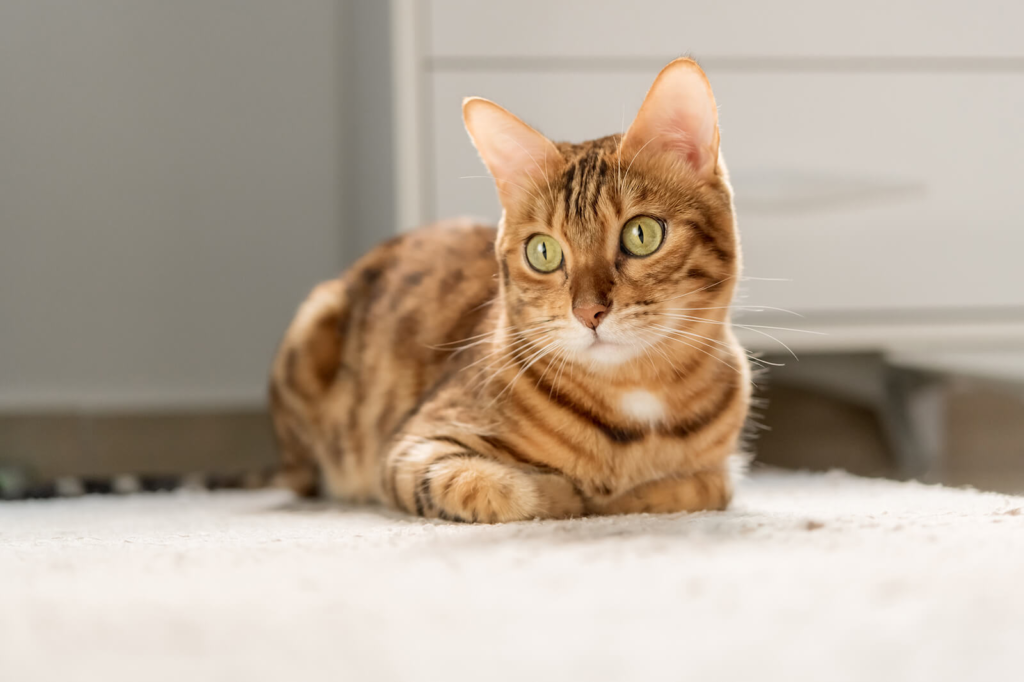

BENGAL CAT
Patterns & Colors
Bengal Pelt Pattern: Bengal pelts can be marbled (sort of a blob like pattern) which is less desirable in Bengals (though still beautiful). Spotted pelts and rosetted, are prevalent in every Bengal kitten litter for sale by Big Star. We specialize in exquisite “sauvage” cat patterned pelts with glittery spots or rosettes.
Bengal Pelt Color: Brown is the traditional Bengal color. It is the most popular and the most common in the Bengal world (though certainly still stunningly unique). This color spectrum looks most like a tiger/leopard/ocelot, and it was the beginnings of the Bengal breed coloration.
Silver is actually a lack of pigment, and it most resembles a snow lynx
or snow tiger in the blistery wilds. The snows are the lighter versions of Bengal pelts and the Blacks mimic the Panther
There isn’t a best pelt color, but certainly the prices vary widely.
At Big Star Bengals we specializes in the exotic and rare true Asian leopard look that started it all and is near impossible to achieve without such close lineage to the Asian leopard, and also the rare and spectacular colors achieved from the careful selection of male studs who possess stunning
features great enough to become a Big Star. Discover these magnificent and extraordinary Bengal cats and decide what color will best decorate your life.

BENGAL CAT
Lifespan & Weight
The Bengal is considered a medium to large sized cat. The weight of the adult Bengal cat varies between 11 and 17 pounds for a male and between 7 and 12 pounds for a female. Their average life expectancy is 14 to 16 years.
ALWAYS IMPROVING THE BENGAL’S
Characteristics
As one of Canada’s top Bengal cat breeders, we spare no expense on improvements on all points. We strive in exceeding the breed standards with every new litter. We measure our quality in maintaining the Bengals beautiful large nocturnal eyes, smaller forward facing predator ears, facial features, strong physique, short and thick tail, contrasting coat pattern, perfect bill of health and free of genetic defects and all wrapped up with a gentile temperament.
We create cats that make people say;
“WOW! What is that!? Can I hold it!? Can you take my picture with it!?”
ARE BENGAL CATS
Illegal in Canada?
The Bengal is considered a medium to large sized cat and legal to own as a pet in all provinces of Canada, except for Alberta; where your Bengal must be registered with The International Cat Association (TICA) as a fourth-or-later- generation Bengal, no permit is required.
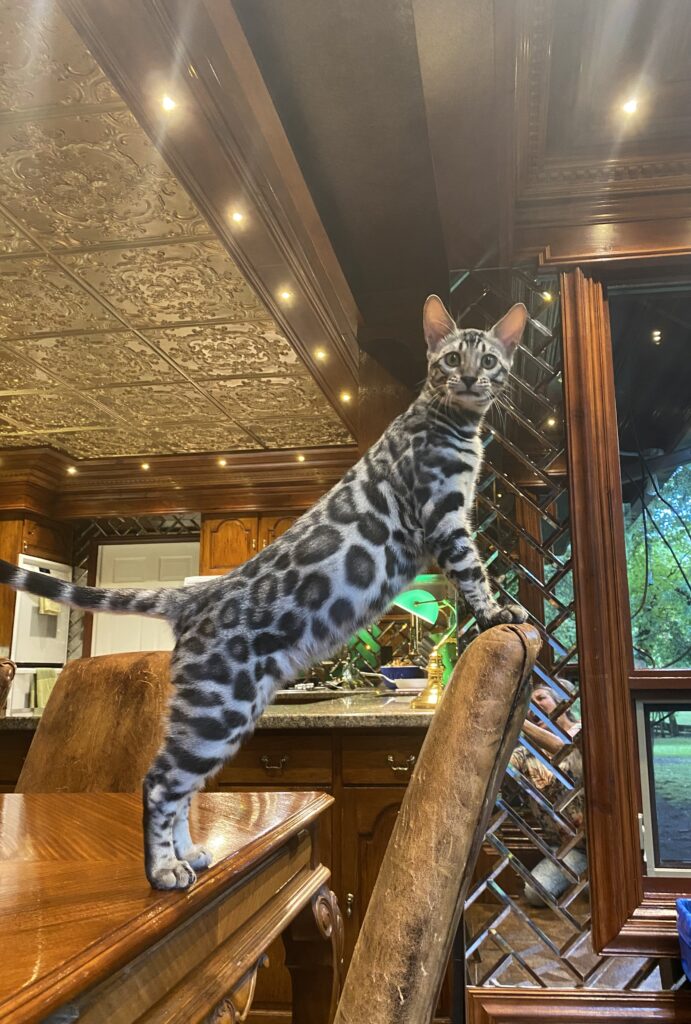
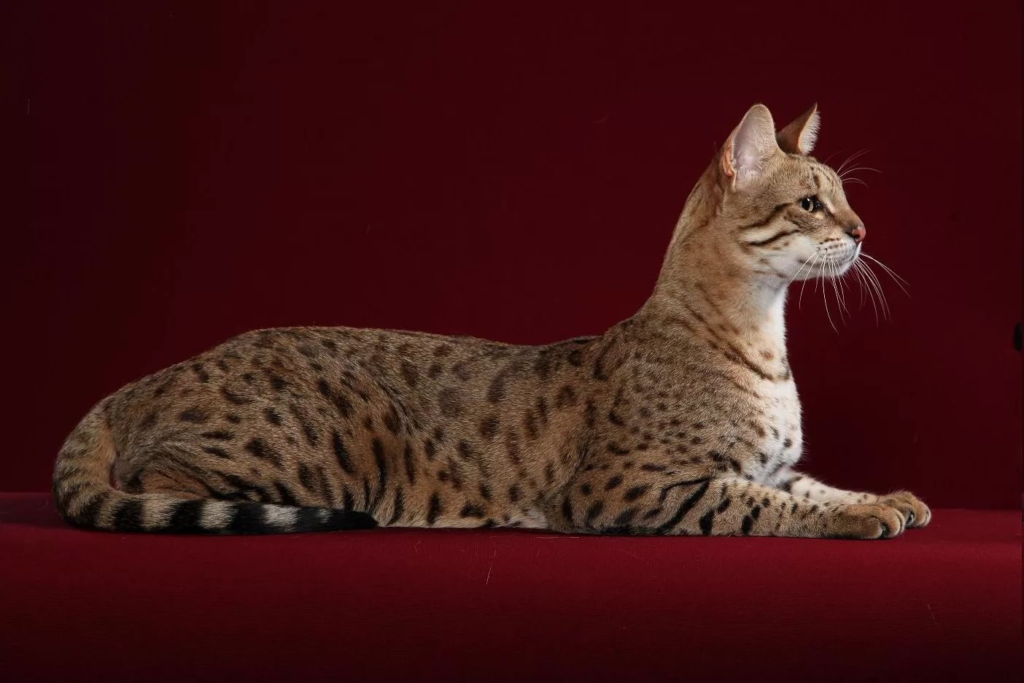
TOP 12 MOST EXPENSIVE CAT BREEDS
In The World
What is the most expensive cat breed in the world this year?
The Snow Ashera breed produces only one litter every 5 years if you are able to breed it at all, so owning one is a true gem. That is, if you are willing to shell out $125,000 a piece.
- The Ashera – Up to $125,000
- Savannah – $50,000
- Bengal – $25,000
- Persian – $5,500
- Peterbald – $5,000
- Sphynx – $3,000
- Scottish Fold – $3,000
- Russian Blue – $3,000
- American Curl – $1,200
- American Wirehair – $1,200
- British Shorthair – $800 to $1,000
- Maine Coon – $1,000
About us
BENGAL CAT INFORMATION
Adoption Guide
© 2023 Big Star Bengals • All Rights Reserved

